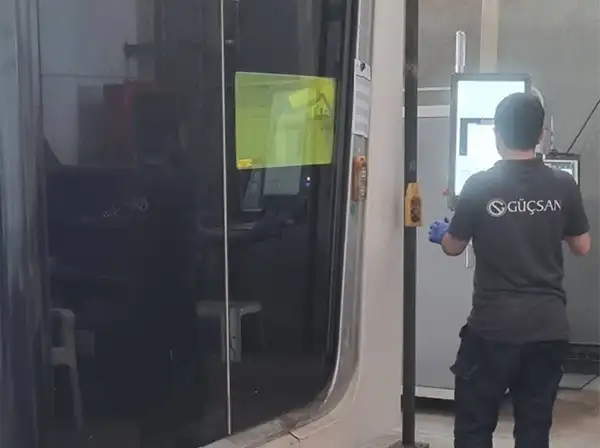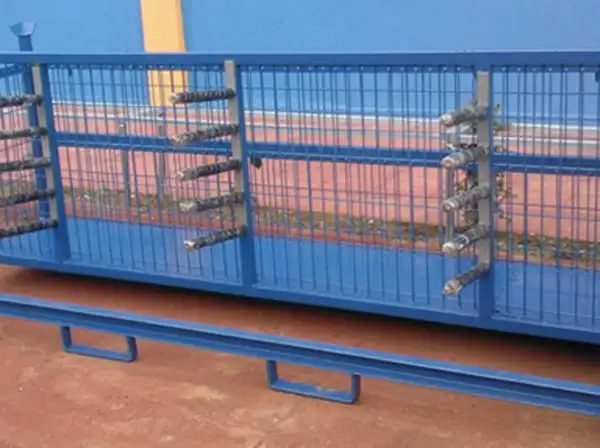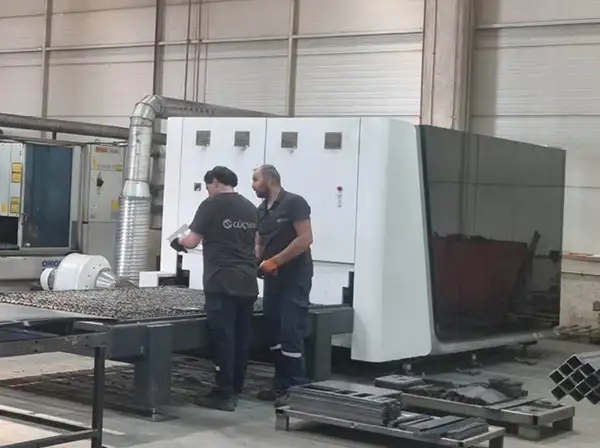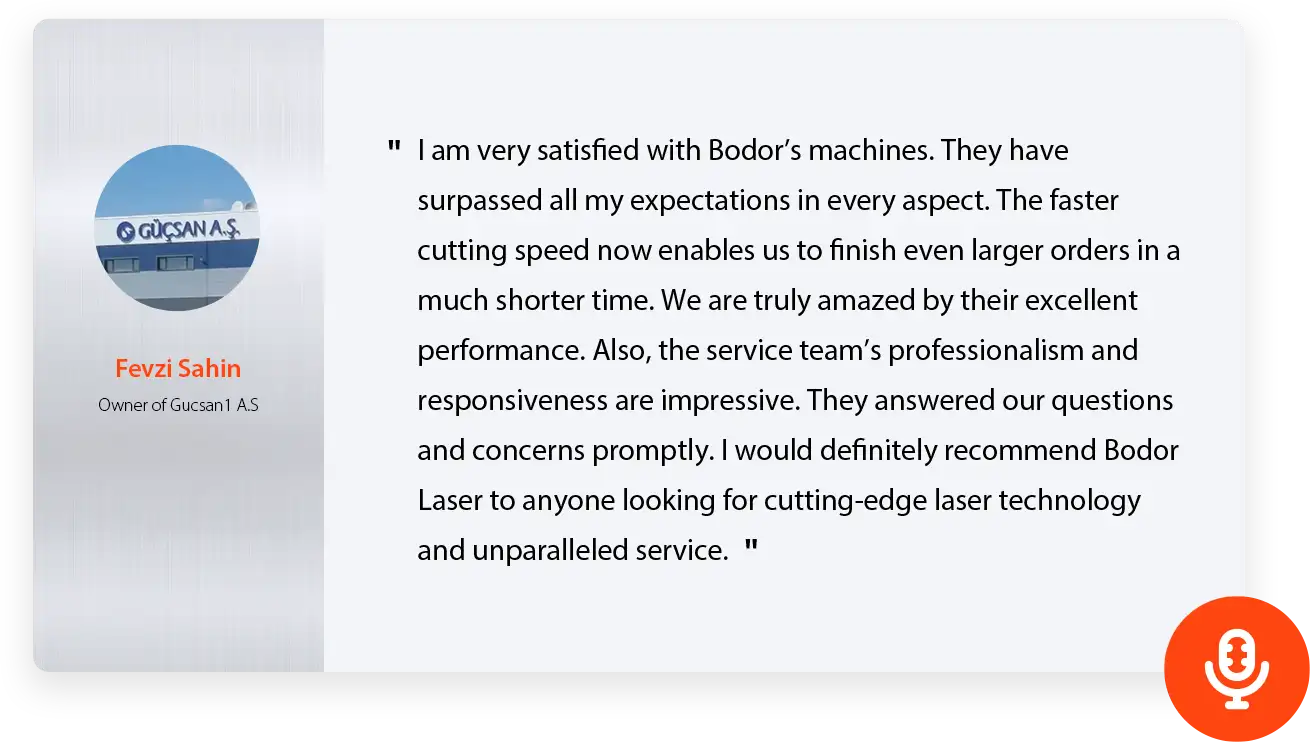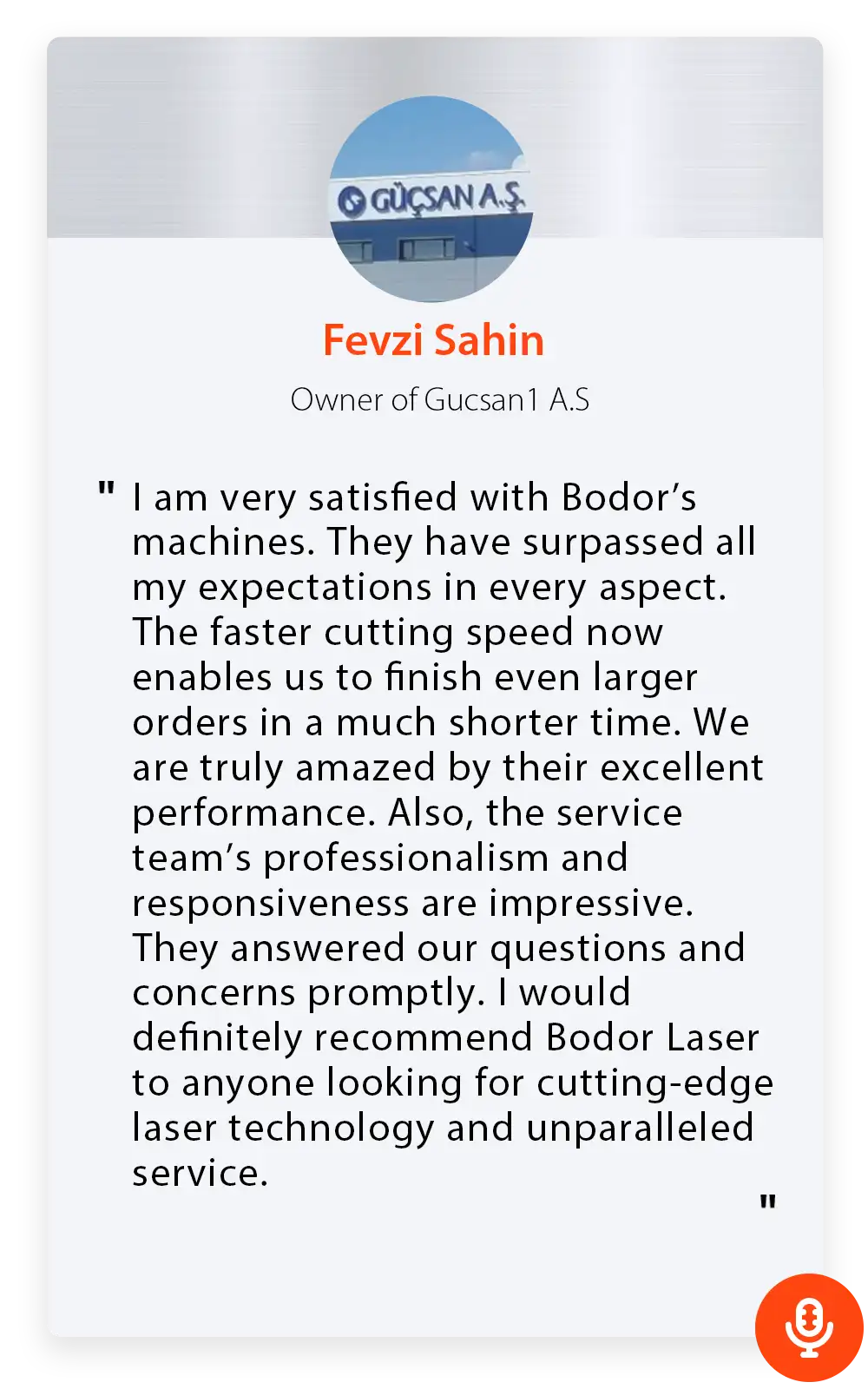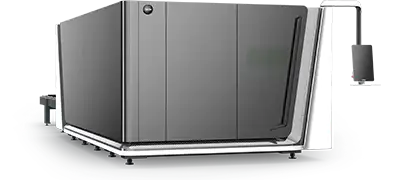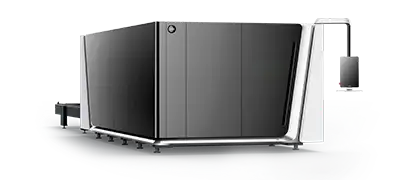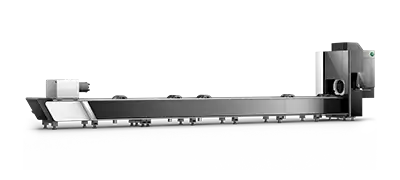A Wise Transition from CO2 to Powerful Fiber Laser Technology
Five Bodor Machines Create A Significant Growth in Productivity
↓
Gucsan1 A.S.'s Success Story

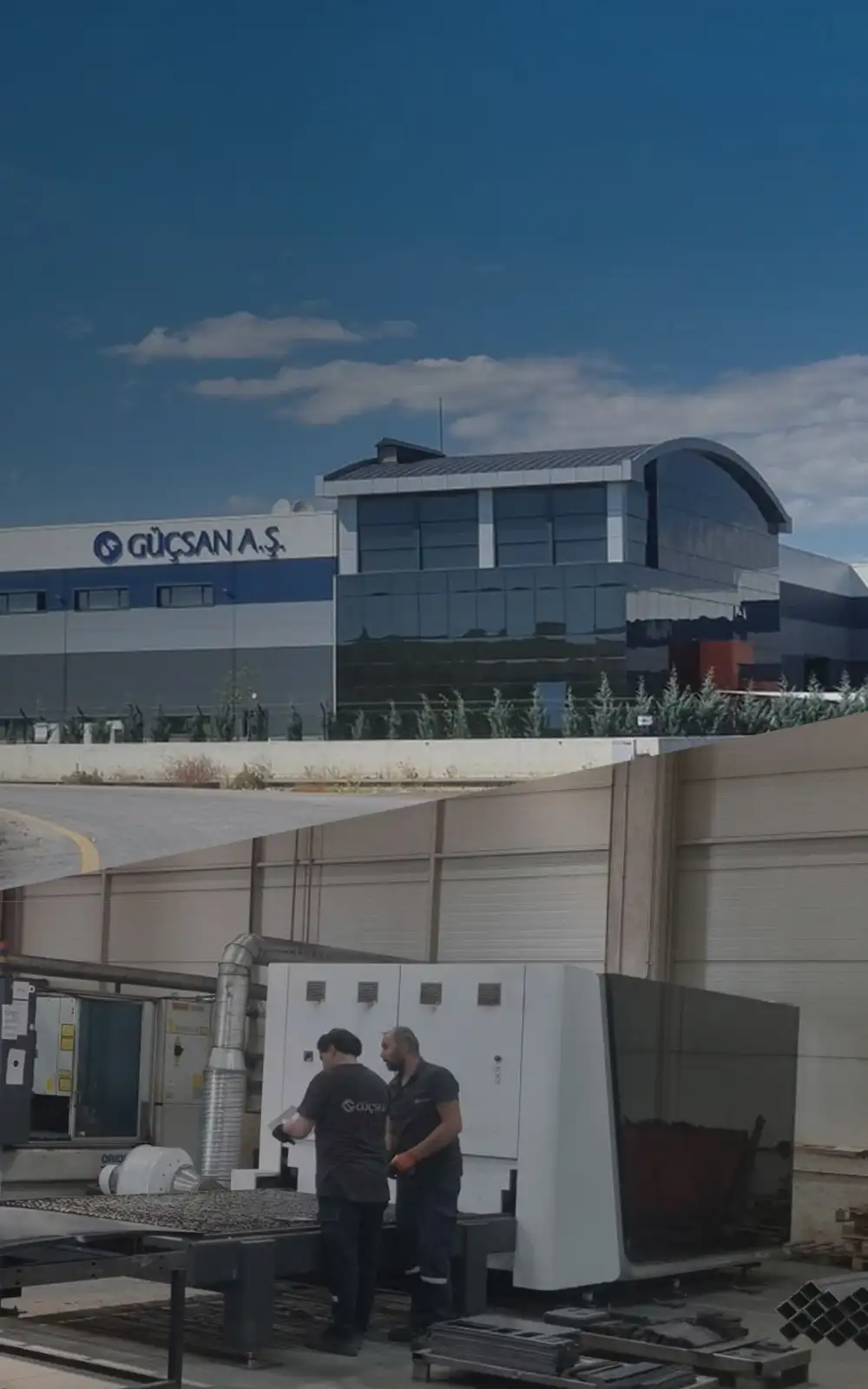
5
Number of machine purchased
40mm
Processing thickness up to
11.6x
Production capacity increased
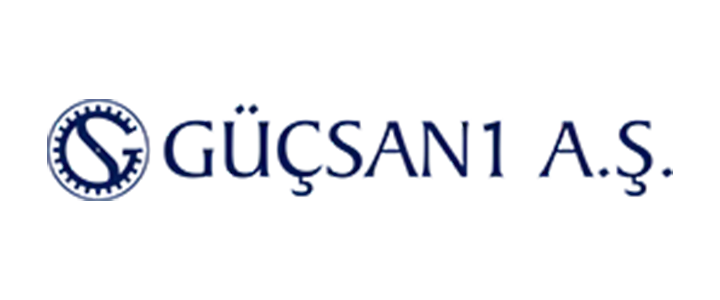
Gucsan1 A.S. is a distinguished manufacturer of metal works and automotive sub-industry parts with over four decades of experience. Established in March 1975, it currently operates in a well-equipped machine park with 150 skilled staff, and the company strives to reach the highest level of excellence in its field by providing a great customer experience.
INDUSTRY
Motor Vehicle Parts Manufacturing
INSTALLATION TIME
March 2021
LOCATION
Ankara, Turkey
Disturbing Problems Arose When Using CO2 Cutters
Multiple intractable problems showed up in front of the Gucsan1 A.S. group when they were employing CO2 laser cutting machines in the old days.
First came the low productivity dilemma. With the maximum speed of 1.4m/min to process 12mm carbon steel, it is not easy for Gucsan1 A.S. to fulfill high-volume or urgent orders within the delivery time. The use of CO2 laser often led to delays in completing orders on schedule, increasing the running costs and impacting the company’s reputation.
As the enterprise grew, its CO2 cutters could not keep up with the increasing demand for processing 20mm and above metal sheets. For instance, a 4kW CO2 laser can only process carbon steel with a maximum thickness of 20mm, and stainless steel of 12mm, with a 0.1-0.4mm accuracy. This was far from sufficient for Gucsan1 A.S.
High operational costs also hindered the company’s long-term growth, as the CO2 laser system leaned on a great amount of energy, gases, and manual intervention to maintain the regular operation.
FIVE Bodor Laser Cutting Machines in a Row
Gucsan1 A.S. had been familiar with the Bodor brand long before on account of its excellence reputation in Turkey. So when it came to upgrading to an advanced and powerful production mode, they did not hesitate to consult with the Bodor Team for professional advice.
After conducting a special and detailed analysis of Gucsan1 A.S.’s current situation and business needs, the Bodor Team recommended the company to consider the Bodor P series and C series to change the status quo.
Subsequently, the motor vehicle parts provider made the strategic decision to invest in a P3-12kW model in 2021.
The P3-12kW model increased Gucsan1 A.S’s production capacity, allowing for a great number of new orders and a significant operational cost drop. Impressed by the remarkable outcomes, the firm acquired its second Bodor machine - a C3-6kw in 2023. Notably, to enhance its processing system, the company added three new Bodor fiber lasers: C3-6kW and C3-12kW sheet cutting machines and a K230-3kW tube cutting machine. These models offer different power level and capabilities to meet diverse customer needs.
The Laser Solution Enhances Productivity and Efficiency
Gucsan1 A.S. reaped huge fruits via the utilization of advanced laser cutting technology.
The five Bodor models help Gucsan1 A.S secure high-volume business down the road since the productivity increases by 11.6 times and an additional 1,920m material can be processed with great quality every hour. The substantially leaped production capacity facilitates the company to take days and weeks out of the lead time, guaranteeing the appointed delivery time and customer satisfaction.
A wide array of thicker metal sheets and tubes can be processed now by the Bodor P, C and K series without difficulty. The powerful 12kW lasers also enable the company to handle materials up to 40mm thick, including carbon steel and stainless steel plates. This enhanced capability allows Gucsan1 A.S to tackle challenging projects with ease and expand their range of services. In addition to the wider range of thickness that can be processed, the introduction of Bodor laser cutting machines also enhances precision. The high-performance P3-12kW model offers an impressive cutting accuracy of 0.05mm, which is far smaller than the 0.1-0.4mm range of CO2 lasers.
Bodor laser cutting machines, along with the cost-effective air cutting technique, shrink operational costs, maintenance time, and necessary labor dramatically. By eliminating the gases and electricity consumption, expenses are saved. And the operators do not have to shut down the machine constantly to adjust or replace the reflectors, ensuring a cost-effective machine uptime.
